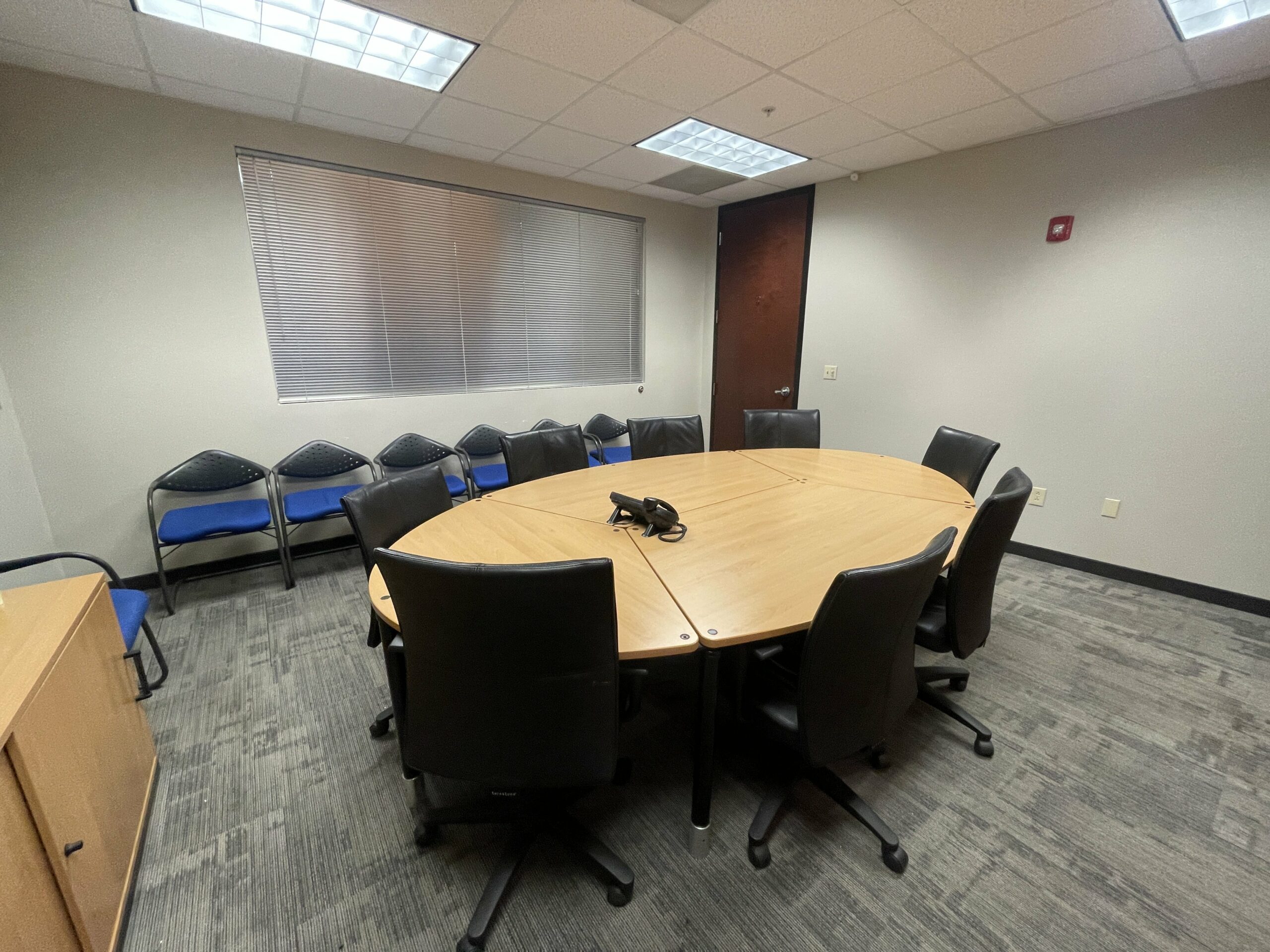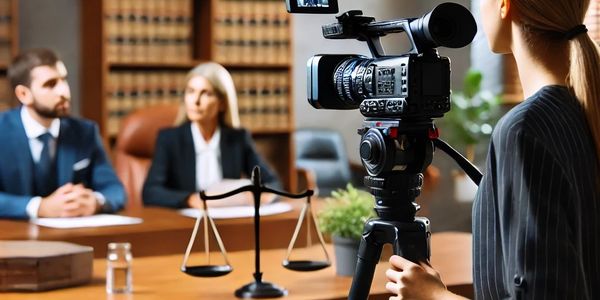Why Lawful Videography Is Important for Accurate Legal Record-Keeping
In the world of legal process, the accuracy of record-keeping is extremely important, and legal videography becomes a crucial device in this context. By recording the nuances of spoken and non-verbal interaction, it considerably lowers the potential for false impression that can go along with typical written records. Additionally, the conservation of genuine visual proof not just boosts the trustworthiness of testaments yet likewise adds to a detailed account of occasions. As we discover the complex benefits of lawful videography, one must consider its implications for the future of judicial integrity and transparency - legal videography.
Significance of Visual Evidence
Establishing the relevance of aesthetic evidence in lawful process is paramount for making certain accurate record-keeping and improving the total stability of the judicial process. Visual proof works as an important tool in documenting occasions, conditions, and other relevant details that might be important to a situation. Unlike written accounts, which are susceptible to analysis and prejudice, visual recordings provide a purpose, unalterable representation of facts as they happened.


This form of evidence can record a range of elements, including witness actions, environmental context, and physical proof, every one of which might influence judicial results. By presenting a clear and detailed aesthetic narrative, lawful videography eliminates ambiguity and assists to maintain the authenticity of the evidence.
In addition, aesthetic proof can be important in lowering conflicts over accurate inconsistencies, as it enables a direct comparison versus testimony and other recorded documents. In an era where digital innovation is progressively prevalent, the ability to present aesthetic proof effectively can significantly improve the general top quality of lawful proceedings. Ultimately, the incorporation of aesthetic proof not only strengthens the documents process however also strengthens public count on the judicial system by promoting openness and accountability.
Enhancing Testimony Integrity
The assimilation of lawful videography into court room process substantially improves the trustworthiness of witness statement. By recording the nuances of spoken and non-verbal interaction, video recordings provide an even more comprehensive representation of a witness's demeanor, feelings, and dependability. This visual documentation allows jurors to observe the witness's body language, faces, and general conduct, which are vital components that can affect their understanding of statement reliability.
In addition, lawful videography reduces the possibility for false impression or distortion of statement that may take place in written records. Audiences can see and listen to the statement as it existed, making certain that the context and tone are protected. This credibility promotes a better sense of trust amongst jurors, that may be extra inclined to think statement that they can witness firsthand.
Additionally, the existence of video clip footage can discourage witnesses from giving misleading or overstated statements, as they know that their testimony is being taped. This accountability strengthens the honesty of the judicial process. Inevitably, legal videography serves as an essential tool in making sure that witness statement is not only accurately shown but likewise seen with enhanced reputation by all parties included.
Comprehensive Document Conservation
Comprehensive document preservation is necessary for maintaining the integrity of legal process. Legal videography works as a vital device in this procedure, providing an exact visual and auditory account of testaments, depositions, and other pivotal minutes in a case. Unlike traditional written records, video recordings record the nuances of body movement, tone, and feeling, which are crucial for understanding the context and intent behind declarations made during lawful proceedings.

Furthermore, the capability to examine video proof allows lawyers to identify crucial information that might why not check here have been overlooked in created records. By keeping a detailed archive of legal proceedings with videography, law office can support the highest possible requirements of accuracy and liability, ultimately contributing to a fairer judicial procedure.
Improving Lawful Proceedings
Streamlining legal process is crucial for improving performance and reducing delays within the judicial system. Lawful videography works as a crucial tool in achieving this goal by supplying clear and accurate visual documents of court hearings, depositions, and testimonies. This innovation permits real-time recording, guaranteeing that all spoken and non-verbal cues are caught, which can promote quicker resolution of conflicts.
The assimilation of videography into legal procedures decreases reliance on typical methods, such as prolonged records, which can be taxing to produce and evaluate. By having actually accessibility to tape-recorded video footage, lawyers can promptly reference key moments, improving their capability to prepare and existing situations successfully. This immediacy additionally aids in the clarifying of testaments, reducing the potential for misconception.
Additionally, aesthetic documents fosters a much more appealing court experience for jurors, aiding them to realize intricate details much more easily. Eventually, lawful videography enhances interaction amongst all celebrations included, from attorneys to courts to jurors, thus promoting a more efficient judicial process (legal videography). In a period where time is essential, welcoming this innovation is crucial for the contemporary legal landscape
Admissibility in Court
Precise documentation is important not only for performance yet additionally for making sure that evidence is acceptable in court. Legal videography functions as a crucial tool in this procedure, supplying a trustworthy visual record of testimonies, declarations, and occasions. Courts commonly need proof to meet particular requirements of admissibility, consisting of significance, credibility, and dependability. find here Top notch video recordings can fulfill these requirements by capturing clear sound and aesthetic information that written records might forget.
To be deemed admissible, legal videography should comply with recognized protocols, such as correct equipment usage, ideal illumination, and clear sound capture. Furthermore, it is crucial to have actually qualified videographers that recognize the legal requirements bordering proof collection. The chain of safekeeping need to likewise be maintained to stop any type of cases of meddling or modification.
Furthermore, legal videography can enhance the persuasiveness of evidence by giving jurors with a straight view of the testament, permitting for a more involved understanding of the situation. In recap, the integration of lawful videography right into record-keeping not only sustains performance but also reinforces the stability and admissibility of proof in court procedures.
Conclusion
To conclude, lawful videography plays an essential duty in guaranteeing exact legal record-keeping by providing objective aesthetic documentation. This technique improves the reliability of statements, preserves comprehensive records, and streamlines legal process. Additionally, the admissibility of premium video clip proof in court more underscores its importance - legal videography. Ultimately, here the incorporation of legal videography into the judicial procedure advertises transparency and reinforces public rely on the honesty of the lawful system.